Strang’s Young Professionals Discuss Career Development, Skills, & Industry Insights
As architects, engineers, and interior designers, our goal is to co-create integrated building designs with our clients that exceed expectations, empower performance, and positively excite senses. This is a personal, one-on-one journey as no two clients (or projects) are alike.
Not surprisingly, this same attitude and approach are similar to how we sharpen our own professional skillsets, career aspirations, or knowledge. And this is particularly true with our younger colleagues. So recently, we brought together a cross-section of our future leadership to weigh in on the industry and look back on what led them here.
Read on to discover a compilation of insights into the AEI industry as seen through the newer generation of designers.


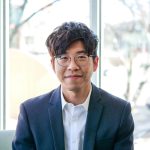





Meet the panelists! Visit this page to read their full bios.
Was architecture, engineering, or interior design a career you were interested in when you were younger?
Melissa – Yes, but not directly. My initial interest was in horses. From there, I gravitated toward an interest in Agri Architecture – yes, that is a thing – and wanted to design horse barns and agricultural facilities. I went to the Milwaukee School of Engineering with the initial intention of being a structural engineer. However, as it turned out, electrical engineering was way more fun and challenging.
Alec – Frankly, I knew next to nothing about architecture until high school. Up to that point, I was enjoying basic engineering, physics, you know, the hard sciences track. I took on a number of hobby “engineering projects” like welding. Then I took an art class and really enjoyed the creative aspects. From that point on, all my hobbies had an artistic or creative avenue to them. Finally, I found the architecture route which combined both sides of science and creativity.
Joe – Initially, I was drawn to pre-law in college. I needed another class to fill out college requirements and, fortunately, it turned out to be Architectural Drawing. That one class really turned things around for me, plus I had the encouragement of one professor who saw promise in my early efforts. Absolutely fell in love with architecture and drawing – couldn’t get enough. I then decided the world didn’t need another lawyer.
Cassie – This all began at an oddly young age, long before I knew interior design or architecture were actually careers you could have. I was always drawing new room layouts and physically rearranging the furniture in my house – I’m not sure my parents enjoyed the rearranging furniture part. You could say it came natural for me. Always found fulfillment and joy in it – and still do.
Insights
If you like Legos, building houses in the Sims, or rearranging your bedroom, it might be a sign that the AEI field is for you. Growing up, not all of our interviewees wanted to be architects, engineers, or interior designers—many didn’t even know those were career options—but through a variety of different paths they all ended up here.
So, when it comes to early career considerations, follow your heart and your head. Be open to those “aha” or “what if” moments. Try different classes and hobbies until you find what you like.
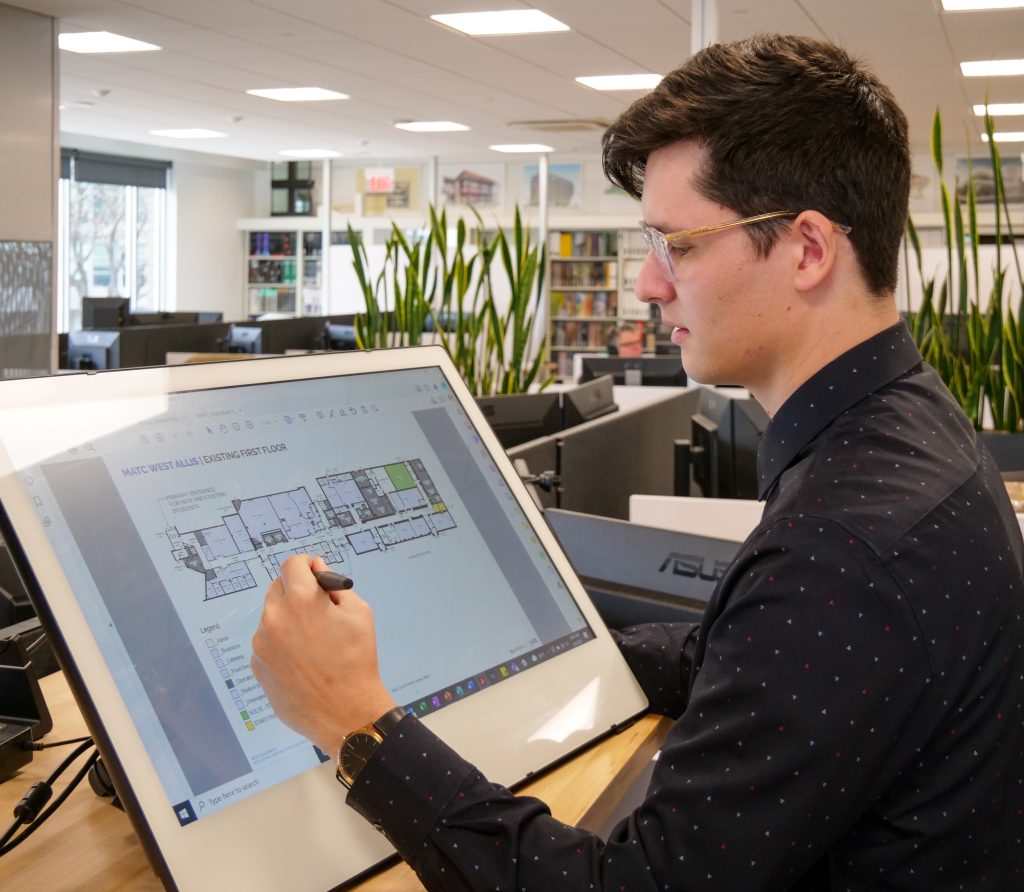
What surprised you about your field when you started working in it?
Joe & Mitch – One surprise was people’s perception of architecture as a career. Architects are often considered first as artists. That our role is primarily design and aesthetics. And, while that is important, architecture is an integrated career that requires an understanding of an entire building’s systems and infrastructure. First and foremost, we are resource-driven problem solvers. We are required to manage, research, and coordinate the details while also creating the design.
Melissa – One of my favorite mentors once said, “How can you tell an extroverted engineer from an introverted engineer…
…They look at your shoes instead of their own.”
The point is, as technical people, engineers tend to be pretty independent. We see a problem and go about solving it ourselves. That kind of initiative is good, but as I’ve learned, less than ideal when it comes to real-life projects and working with a project team. So, in addition to growing our technical expertise, engineers need to improve our interactive and interpersonal communication skills, both written and spoken.
Hayley – One of my biggest surprises was cost and budgets. From furnishings and finishes to material and labor costs, we had a “lot of ground to make up” when it came to understanding this part of the job. School doesn’t really cover it. The upside to all of this is I became more resourceful in finding cost-effective solutions.
Insights
The AEI industry is comprised of a variety of disciplines, skill sets, and exceptionally talented people. It’s hard to narrow the field down to one single role. Designers must also be good communicators, researchers, and problem-solvers. The job does not just stop at design.
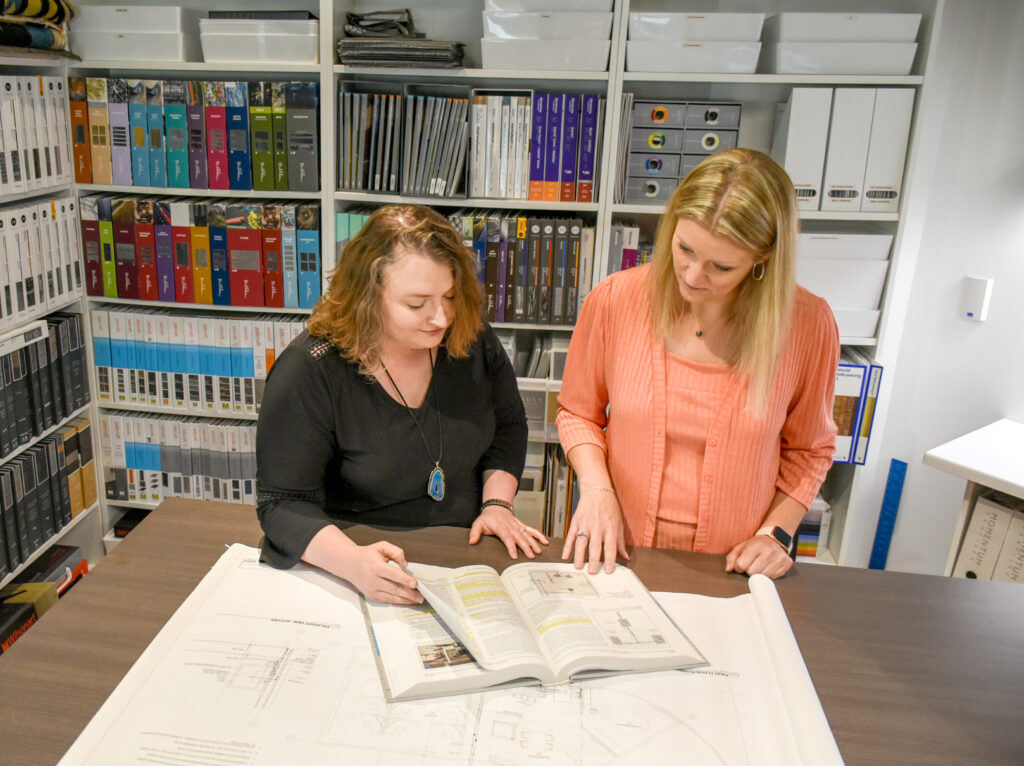
Are there classes you’ve taken, unrelated to your industry, that have helped prepare you for your career?
Garrett – In my case, I actually started out as a journalism major. Writing and literature classes helped me fine-tune and accurately communicate details within things like construction documents and drawings which are constantly changing and evolving. It’s incredibly important for contractors, estimators, and construction administrators to understand your vision as a designer and you need to be able to clearly communicate that.
Melissa – Many of my humanities classes helped me improve my nontechnical side of engineering. They taught me how to build mutual respect and communication with both clients and colleagues.
Alec – Now, hang in there with me on this one: Wine Appreciation was one of the more interesting and influential classes I took. It’s not a direct correlation but like architecture, savoring a good wine, is a multisensory experience, just on a larger scale. This class helped me get in touch with all of my senses and how they overlap and affect one and other.
Insights
Architecture, engineering, and interior design require renaissance thinkers. It’s not simply about how one views the building, but rather how one experiences the building—on multiple levels. Blended inspiration from classes outside your field will lead to diverse knowledge and holistic thinking.
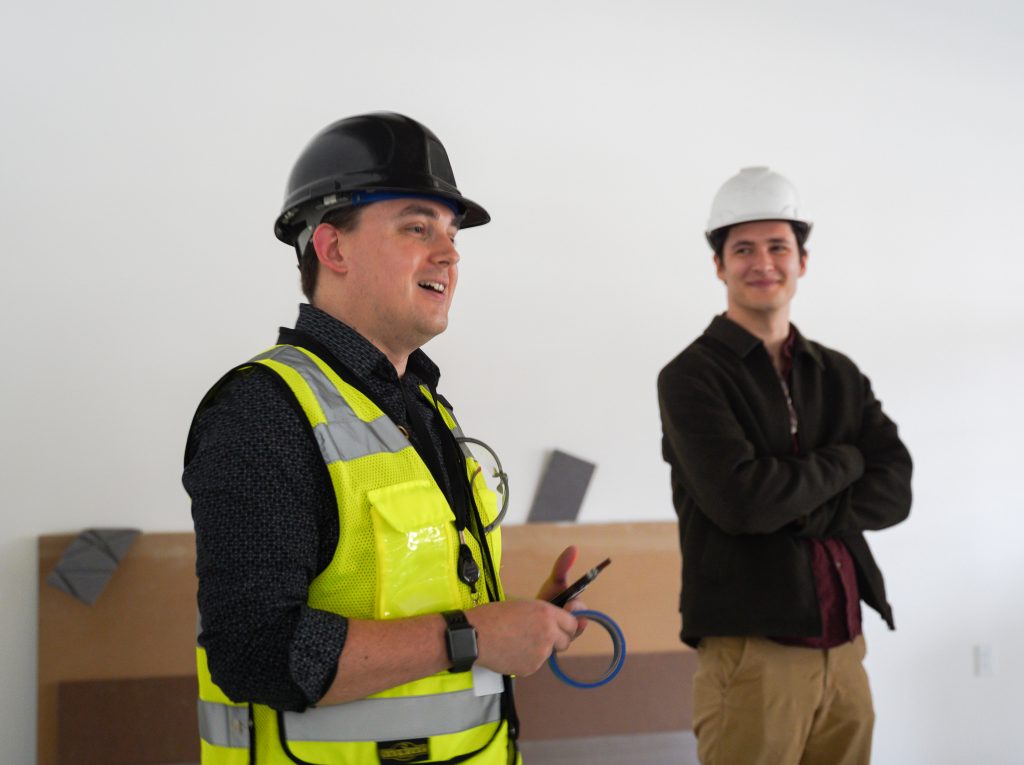
What skills have helped you the most so far in your career?
Alec – Without a doubt, learning. Each day provides countless opportunities to grow—intellectually and experientially. If you have an appetite for learning, this is the field for you.
Hayley – Self-motivation. Perhaps it’s considered a “soft skill”, but natural motivation and drive are key traits for success almost anywhere you go. And while motivation is a part of my DNA, I work hard on improving it.
David – Modeling skills. It might be obvious, but the technical side of architecture is fundamental to my job. We need to accurately “envision the vision” of each project.
Cassie – Continually improving my time management skills has been exceptionally useful. With multiple projects underway, each in various stages of completion, my time management skills help me stay on task and on schedule.
Garrett – Without a doubt, listening. There is a big difference between actually listening to someone versus simply waiting for your chance to speak. And let’s face it, you can’t learn unless you really listen.
Insights
Frankly, there’s no real surprise within this list of skills – it’s straightforward and fundamental. The real challenge lies in continually improving each skill. After all, you never really “master” any of them. Within the AEI realm, we succeed with a continual state of improvement.

What advice do you have for young leaders in the AEI space?
David – Realize there is a gap between success in school and in “the real world”. In school, it’s more about conceptual design, even in presentations, and no one looks into the details on a presentation board—it’s just for show. But now you have to make sure it works in the real world. Consult with your professor about the details and if it will work in the real world. Pay attention to the details.
Garrett – We can design all day but is it “constructable”? Put yourself in the general contractor’s shoes. Understand what goes into the general construction. School doesn’t touch on that as much. Also—go out and build something yourself.
Melissa – Go work for a contractor before you enter the design profession. Really. You have to understand how these structures are actually built. The lines you draw on paper don’t mean anything if you don’t understand how it all comes together. In fact, some of my best mentors are from the contractor field. They took the time to explain the critical processes and components of numerous projects.
Cassie – Once on the job, be as observant and open to input as possible. Take it all in. Just know there will be mistakes, failures, and frustration. Don’t dwell on mistakes but learn from them. Ask numerous questions. And finally, being able to grow from criticism will only make you a better designer.
Insights
All of the schooling available won’t necessarily prepare you for the working world. Learn all you can in the classroom but experience as much as you can off campus. Be school smart and street savvy.

What are your career goals for the future?
Cassie – Big picture, I want to be respected for my design acumen, and continue expanding my skill sets and really contribute here at Strang. Short term – becoming a licensed architect and certified interior designer.
David – Go back to my home country and help its indigenous people with limited resources, using local materials and incorporating with culture.
Francis Kere is a good role model here—he’s the kind of architect that helps underprivileged people from his own country. He also evolves his design with the local culture. He doesn’t try to change their living style that has existed for a long time but adds cutting-edge technology to what they already have.
Hayley – Long-term? Tap into my entrepreneurial drive and become a business owner.
Alec – Through design and architecture contribute to a more holistically healthy society.
Insights
No two paths are the same.
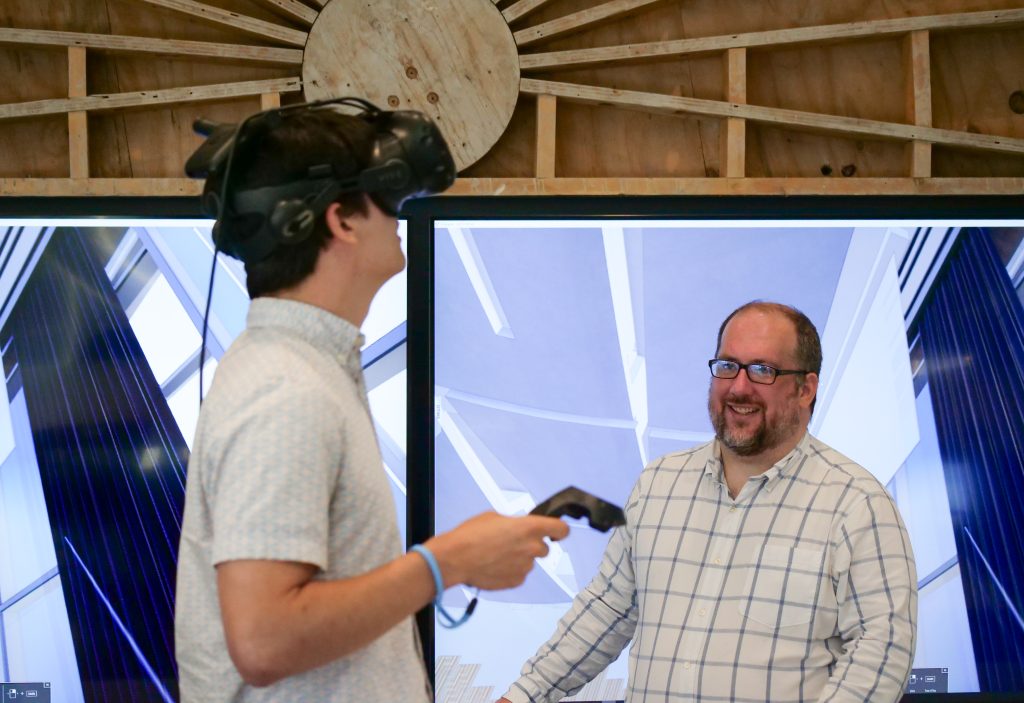
Final Insights
Thank you to all our panelists for sharing their perspectives on the vast field of architecture, engineering, and interior design. Our insights can be summarized as this:
1. Take advantage of new opportunities.
2. Keep listening and learning.
3. Design is more than just aesthetics, it’s also a business.
4. Above all, be curious.



